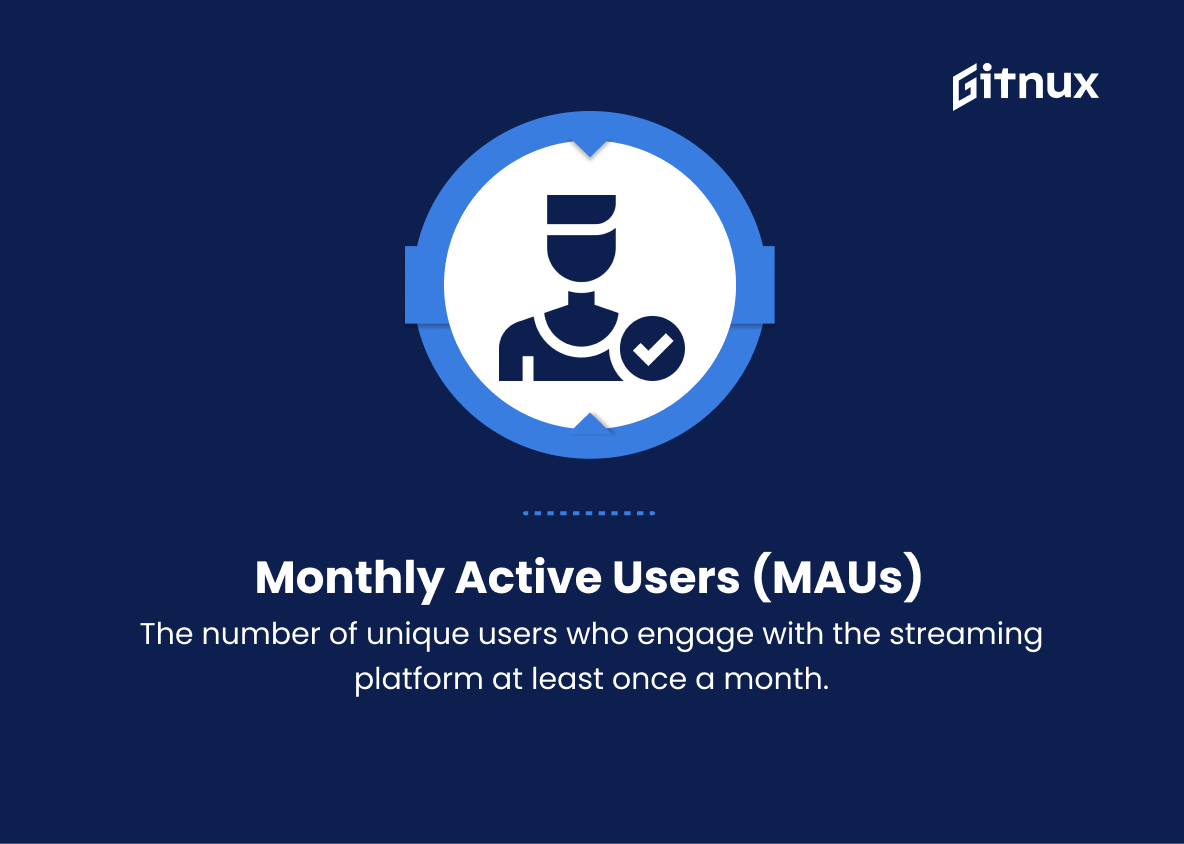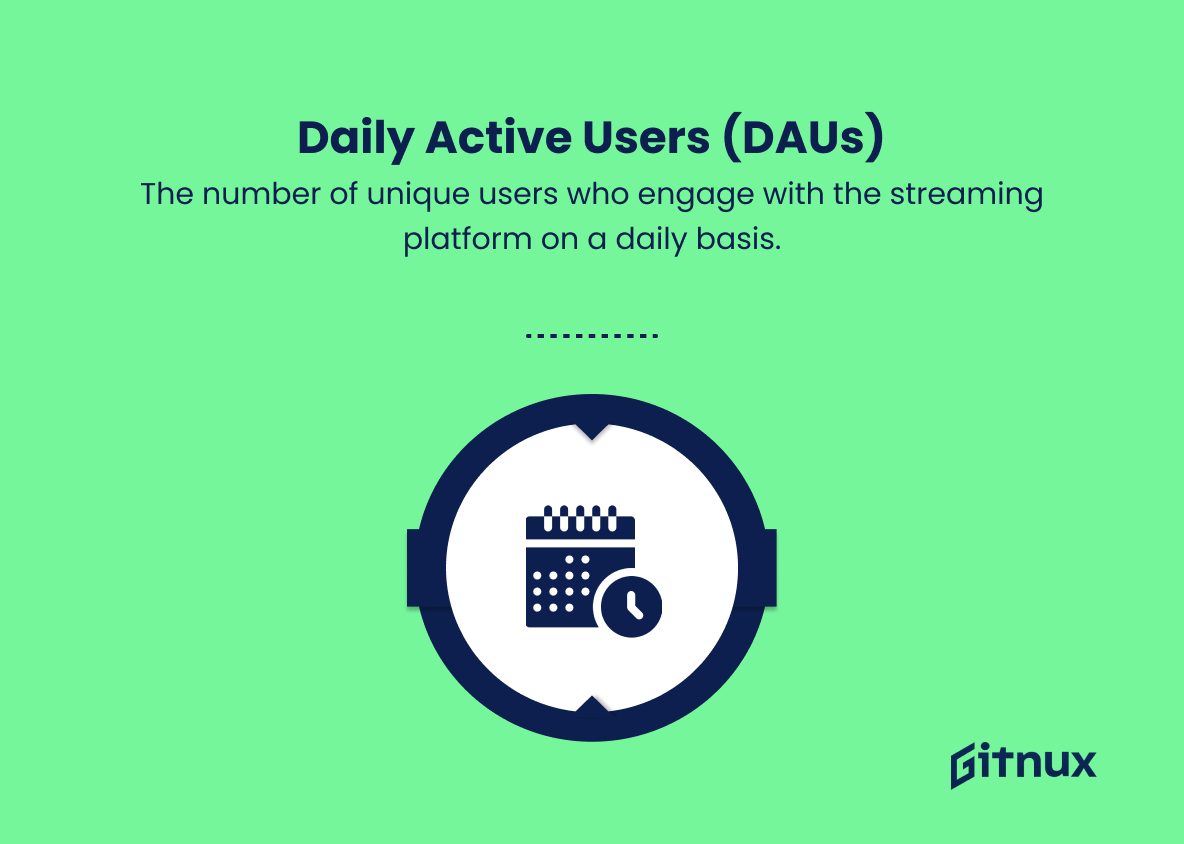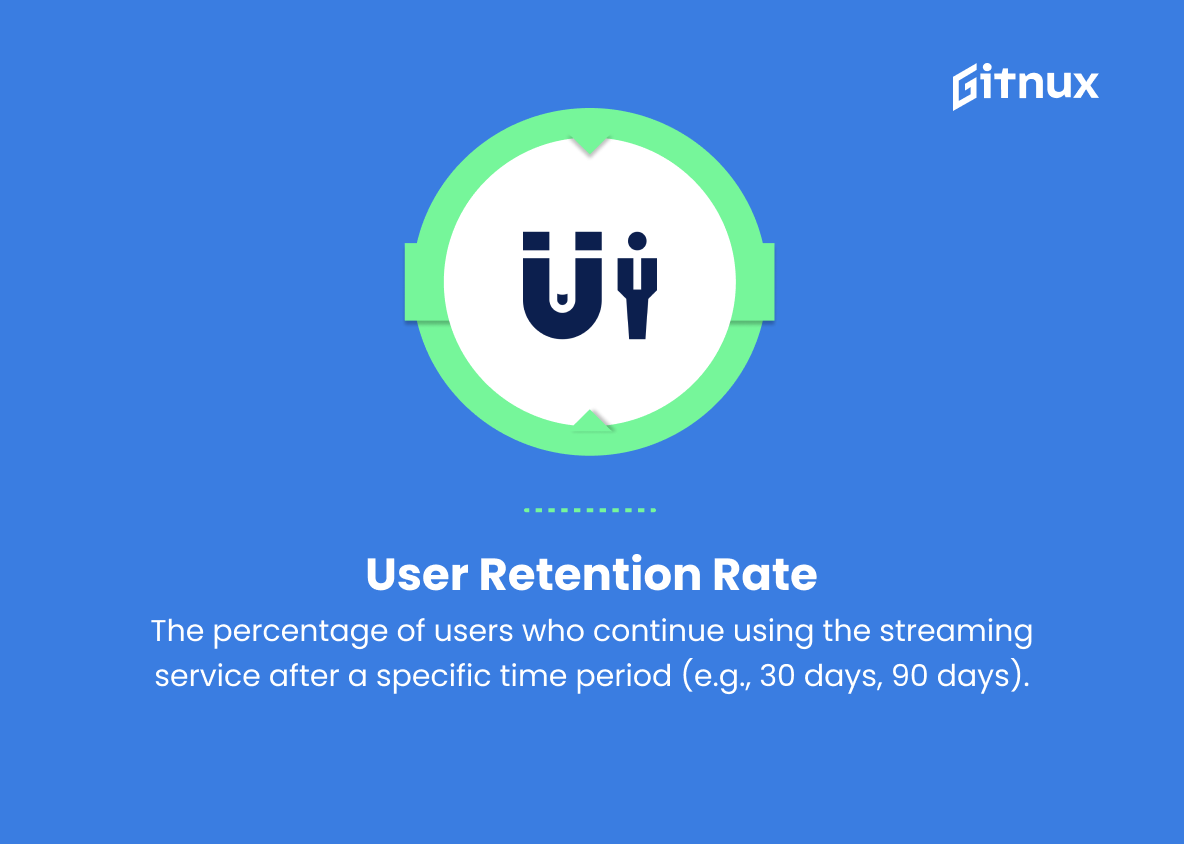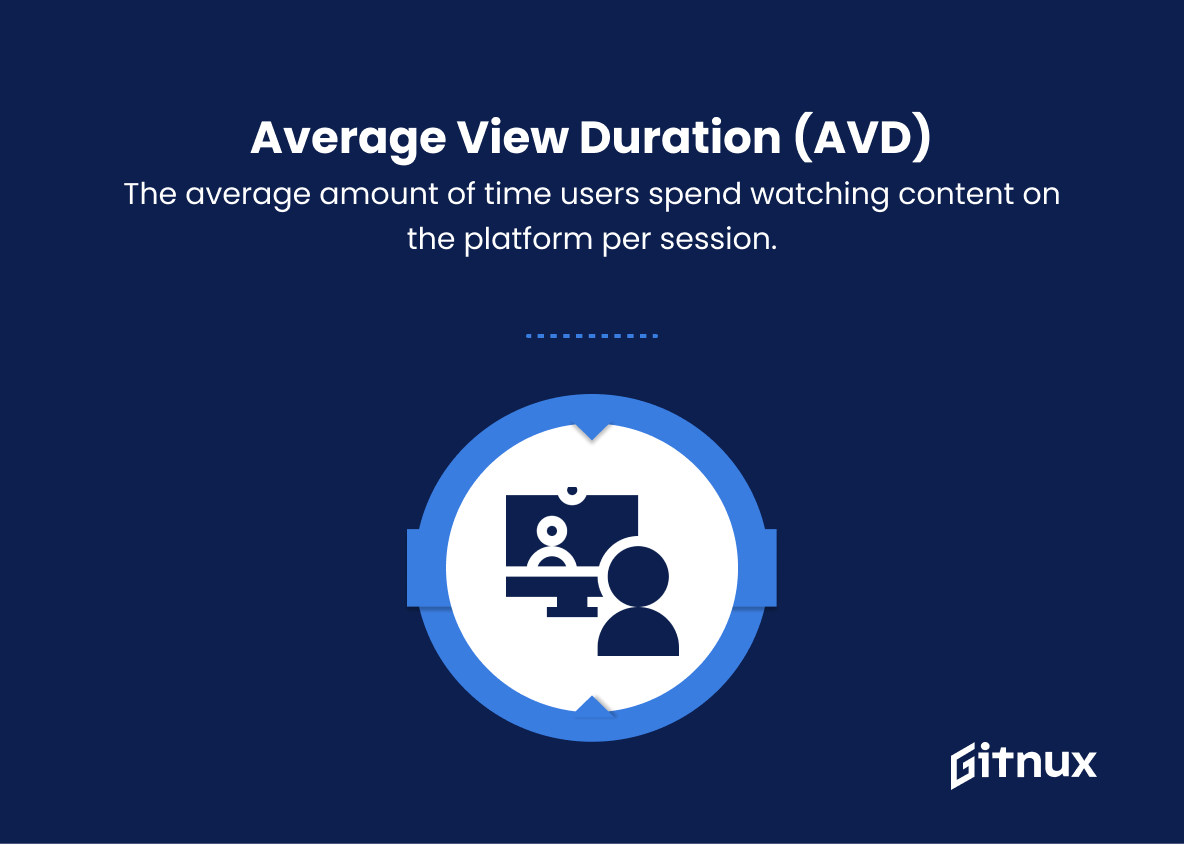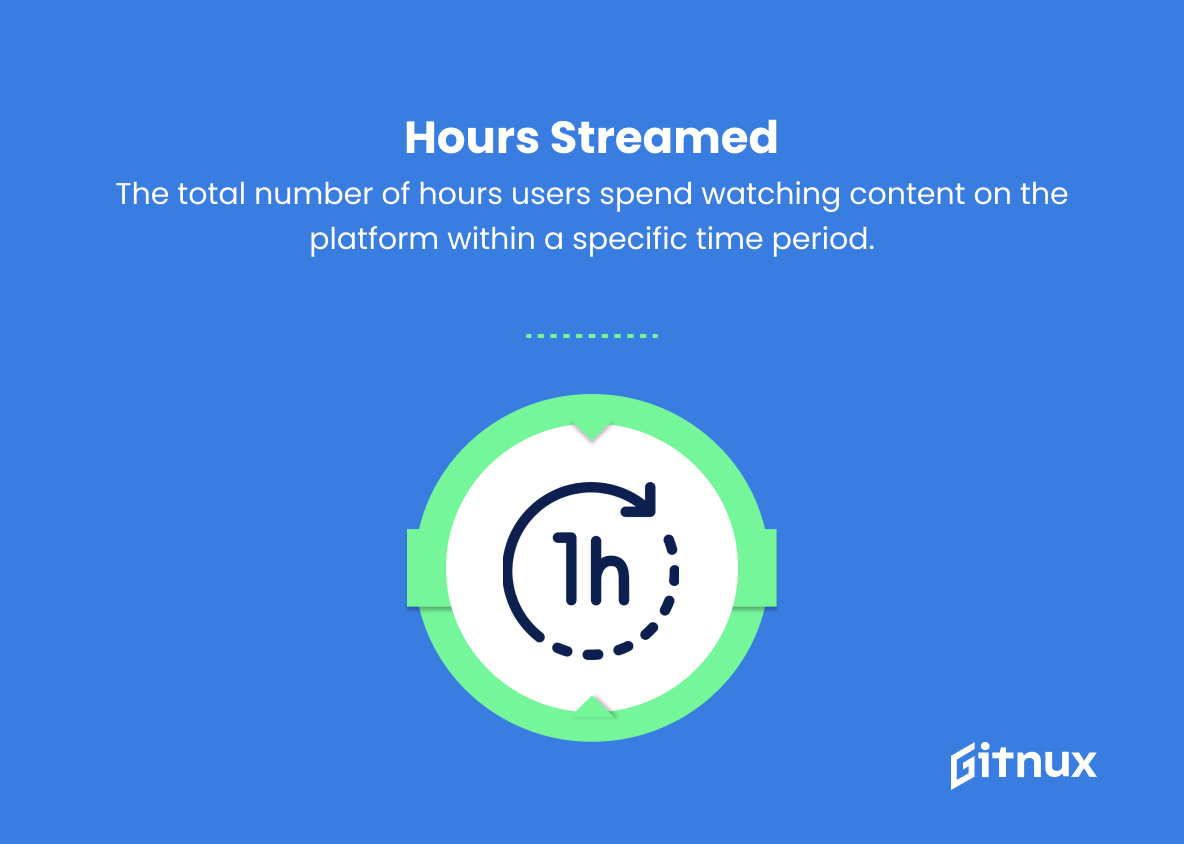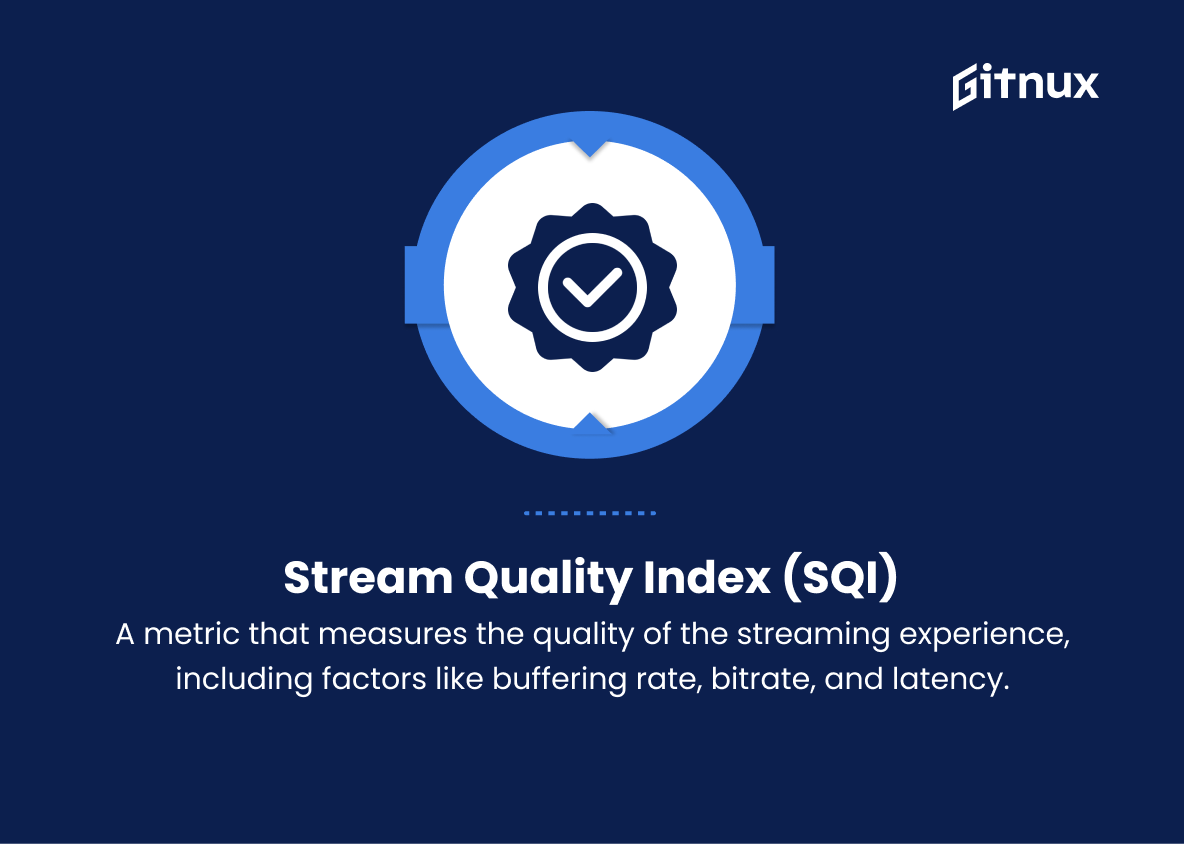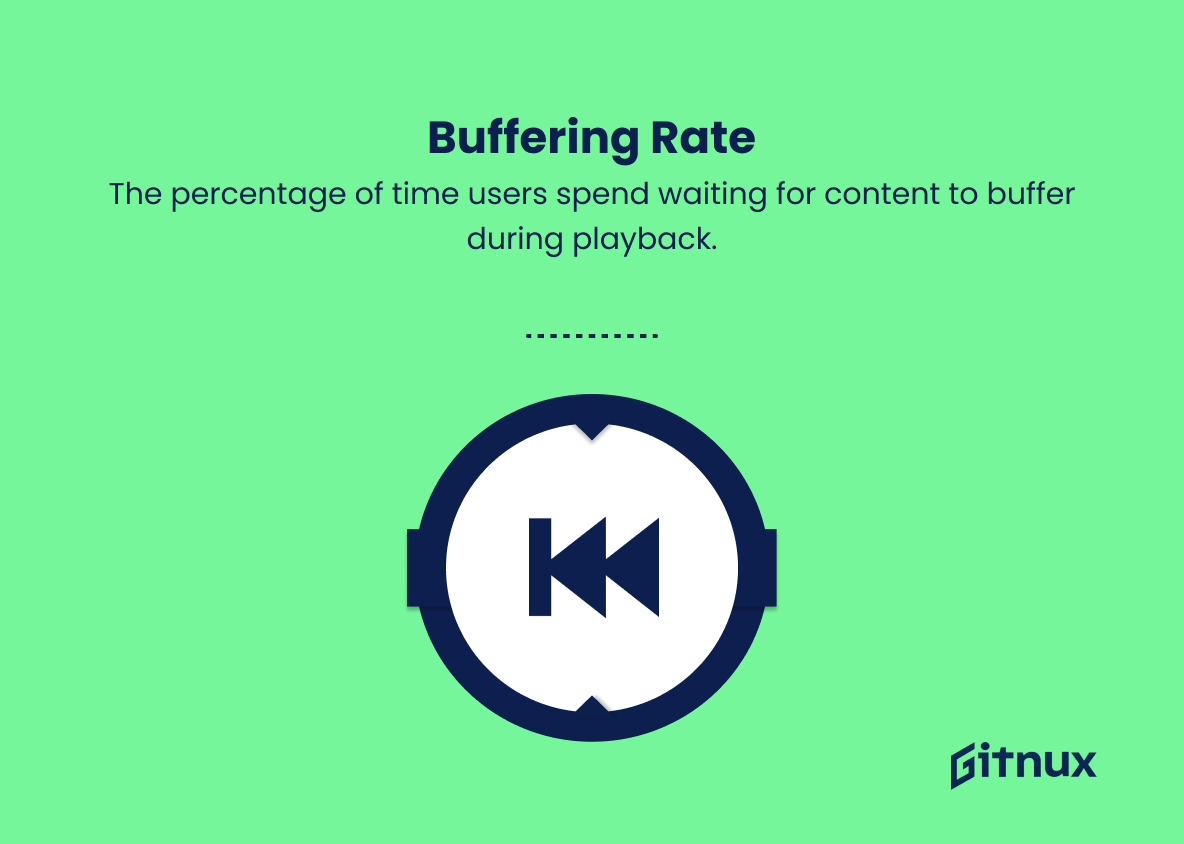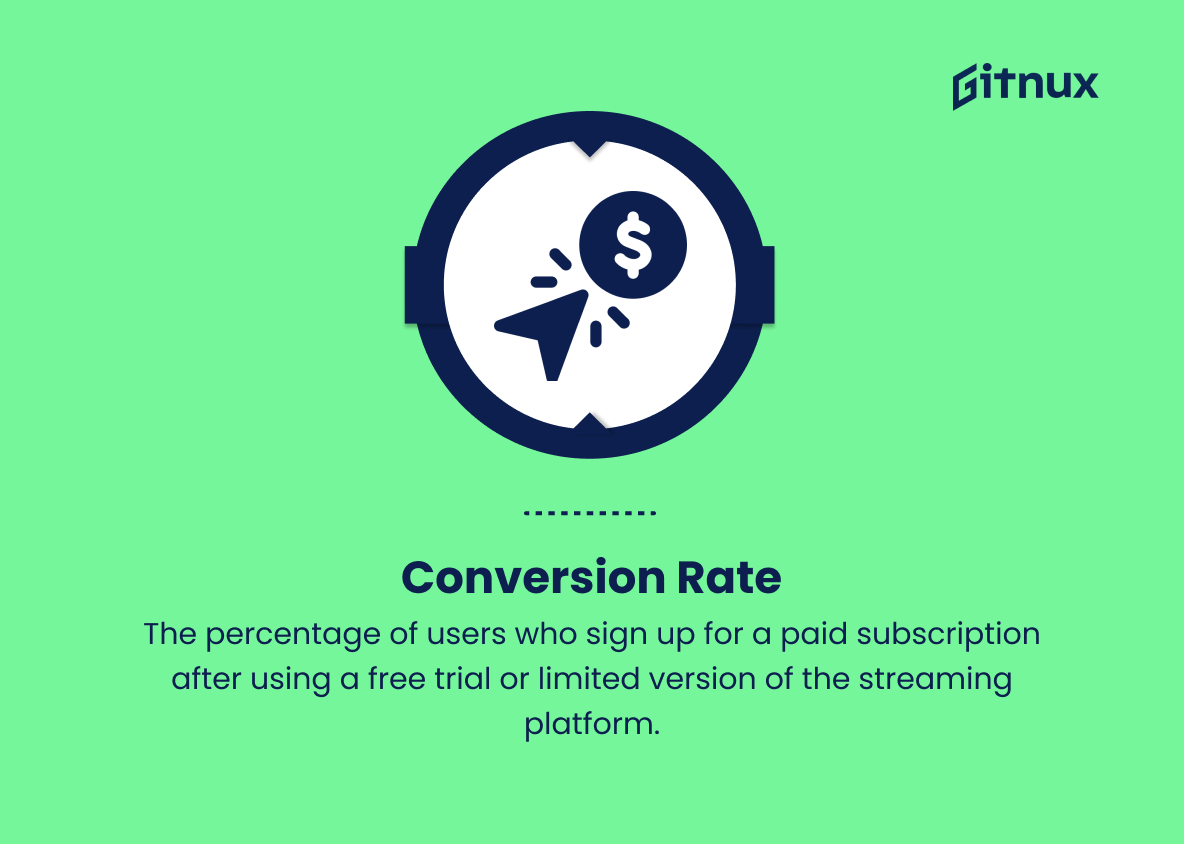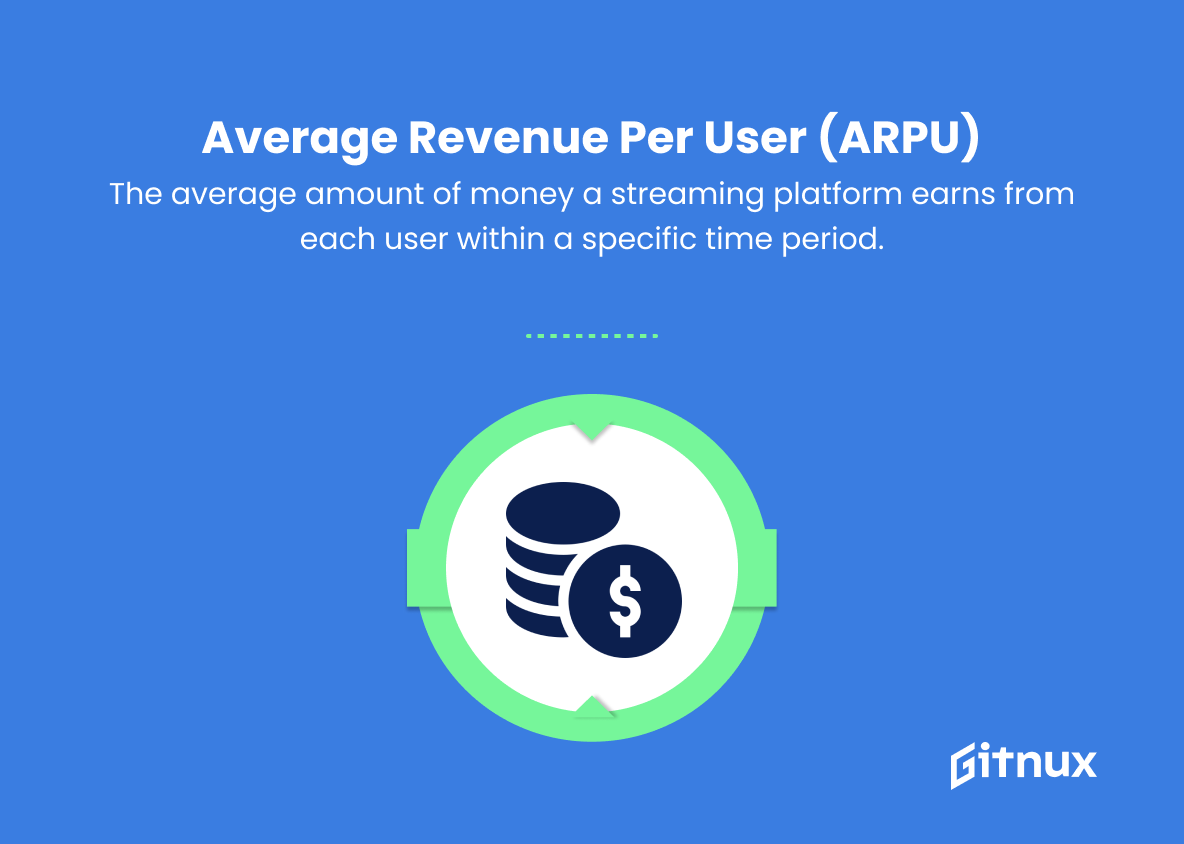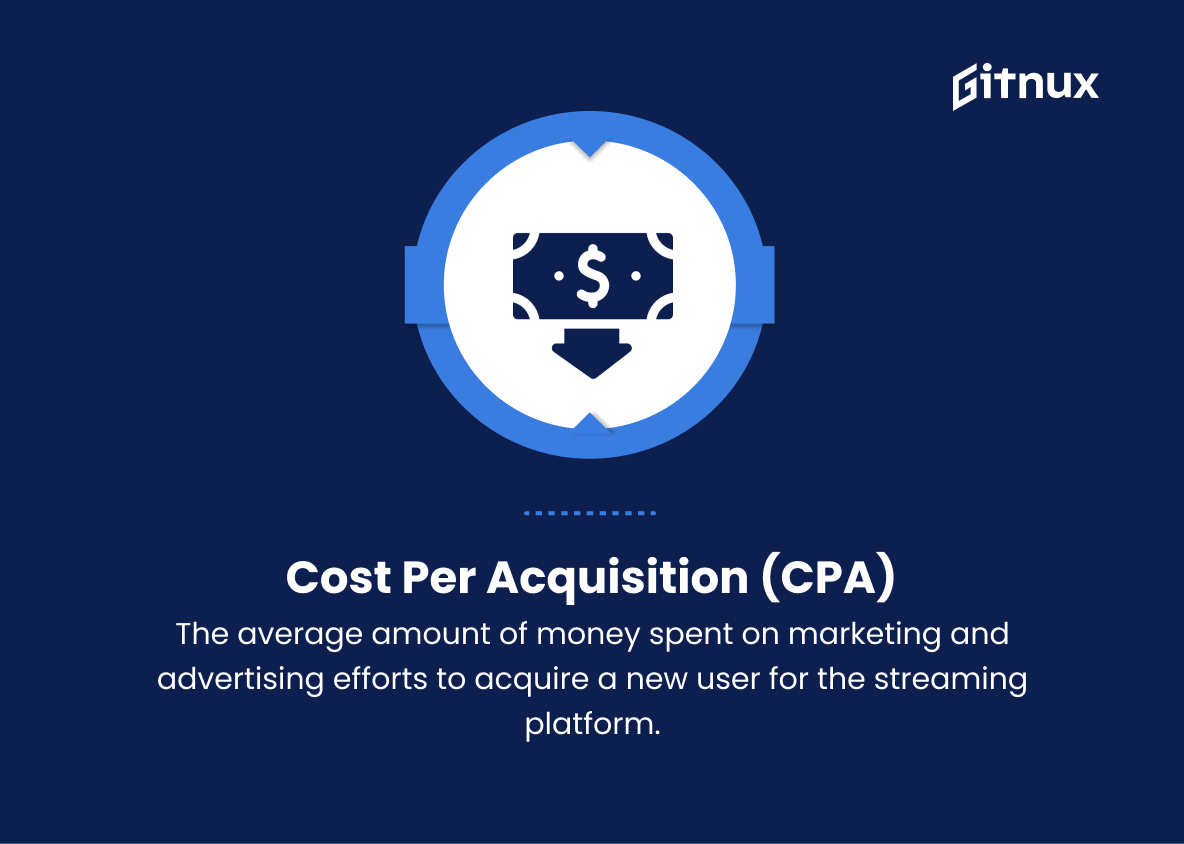Streaming metrics are essential for businesses, content creators, and digital marketers. With exponential growth of streaming platforms, the need to measure, monitor, and analyze user engagement and platform performance has never been more critical. This blog post delves into key indicators to drive smart decision-making, boost audience growth, and maximize revenue potential. We will explore metrics – from viewer retention and streaming quality to user demographics and behavioral analytics – designed to give a holistic understanding of the streaming landscape and empower you to stay ahead of the curve.
Streaming Metrics You Should Know
1. Monthly Active Users (MAUs)
The number of unique users who engage with the streaming platform at least once a month.
2. Daily Active Users (DAUs)
The number of unique users who engage with the streaming platform on a daily basis.
3. User Retention Rate
The percentage of users who continue using the streaming service after a specific time period (e.g., 30 days, 90 days).
4. Average View Duration (AVD)
The average amount of time users spend watching content on the platform per session.
5. Average View Frequency (AVF)
The average number of times users watch content on the streaming platform within a specific time period (e.g., daily, weekly, monthly).
6. Hours Streamed
The total number of hours users spend watching content on the platform within a specific time period.
7. Stream Quality Index (SQI)
A metric that measures the quality of the streaming experience, including factors like buffering rate, bitrate, and latency.
8. Buffering Rate
The percentage of time users spend waiting for content to buffer during playback.
9. Playback Failure Rate
The percentage of attempted content plays that resulted in failure (e.g., unable to load the video).
10. User Churn Rate
The percentage of users who cancel their subscription or stop using the streaming service within a specific time period.
11. Conversion Rate
The percentage of users who sign up for a paid subscription after using a free trial or limited version of the streaming platform.
12. Average Revenue per User (ARPU)
The average amount of money a streaming platform earns from each user within a specific time period.
13. Cost per Acquisition (CPA)
The average amount of money spent on marketing and advertising efforts to acquire a new user for the streaming platform.
14. Content Engagement
A metric that measures user interaction with the content, such as likes, comments, shares, and watch history.
15. Time to First Frame
The amount of time it takes for the first frame of the video to load after a user clicks play, which impacts user experience and satisfaction.
16. Mobile vs Desktop Usage
The percentage of users who access the streaming service on mobile devices compared to those who use desktop or laptop computers.
17. User Demographics
Metrics that include age, gender, location, and device type, which can help tailor content recommendations and marketing efforts for the streaming platform.
Streaming Metrics Explained
Streaming Metrics are crucial in understanding performance and user engagement. MAUs and DAUs provide insights into reach and popularity, while User Retention Rate measures ability to maintain interest. AVD, AVF, and Hours Streamed provide information on consumption patterns, and SQI, Buffering Rate, Playback Failure Rate, and Time to First Frame reflect user experience. User Churn Rate, Conversion Rate, ARPU, and CPA are essential in gauging financial performance and optimizing marketing efforts. Content Engagement offers data on user interaction, Mobile vs Desktop Usage and User Demographics allow the streaming service to better understand its user base, and develop targeted strategies.
Conclusion
In conclusion, streaming metrics play a crucial role in understanding the performance and growth of streaming platforms and content. By tracking and analyzing these metrics, content creators, broadcasters, advertisers, and platform owners can make well-informed decisions to optimize user experience, increase audience engagement, and maximize revenue. As the digital landscape continues to evolve, staying up-to-date with streaming metrics will allow for greater adaptability and success in the ever-changing world of online media.
